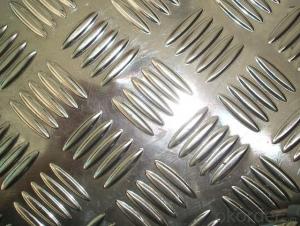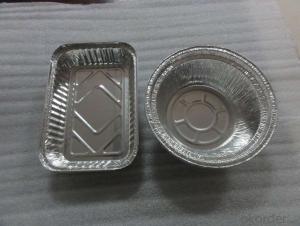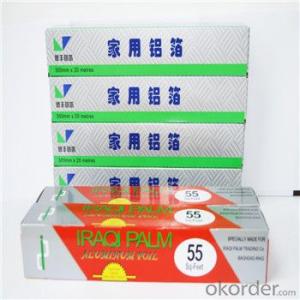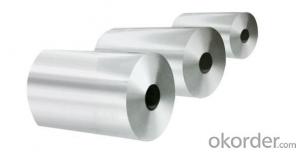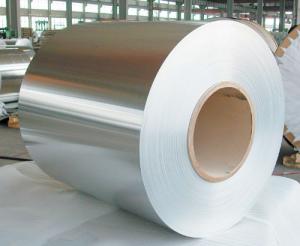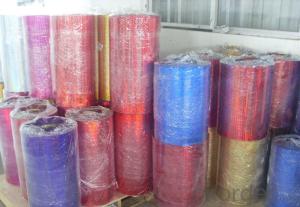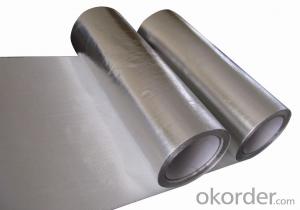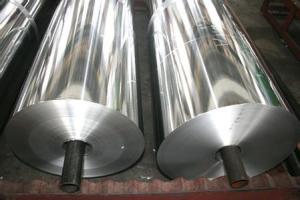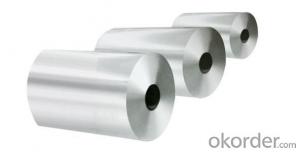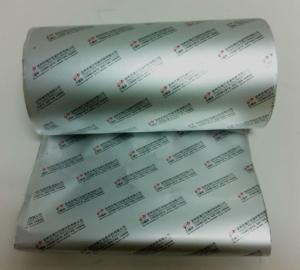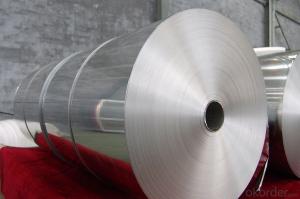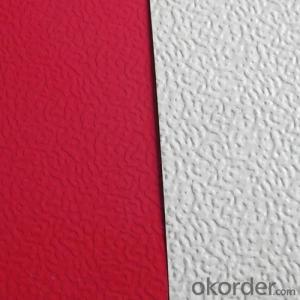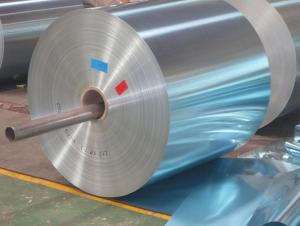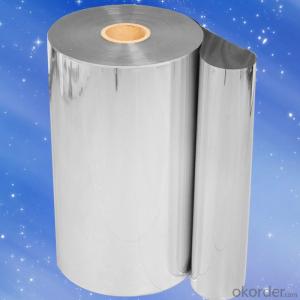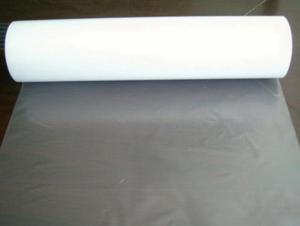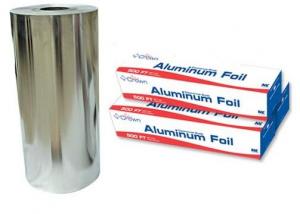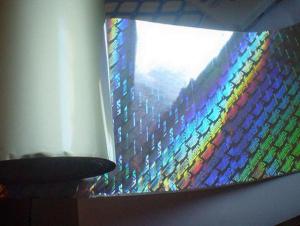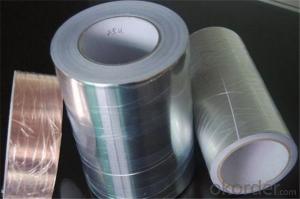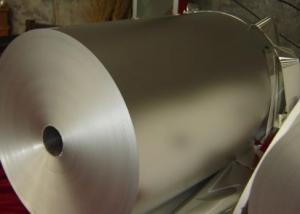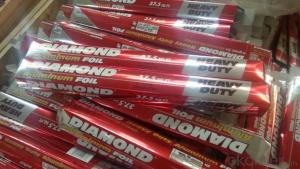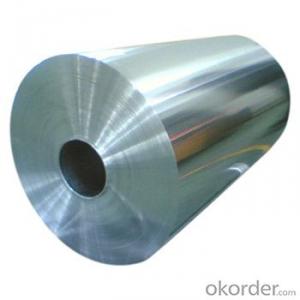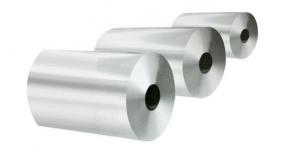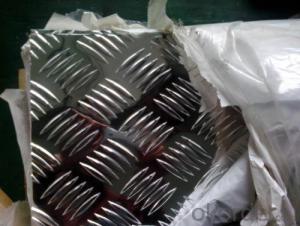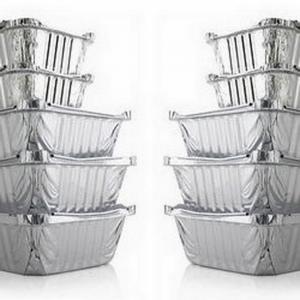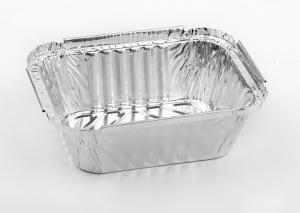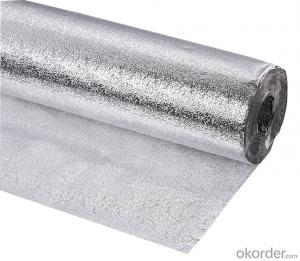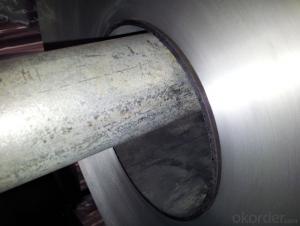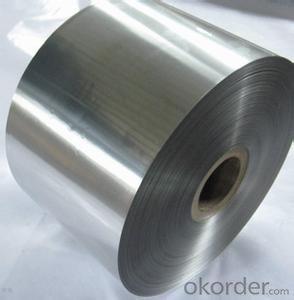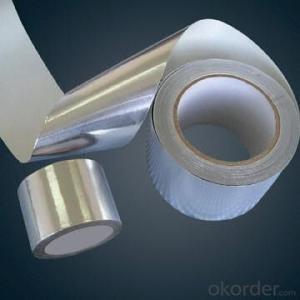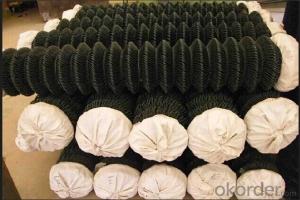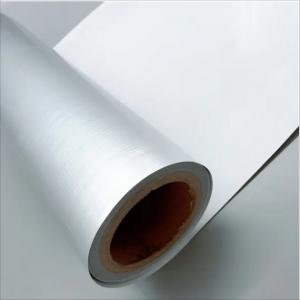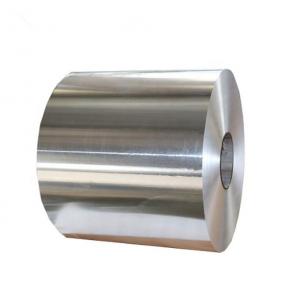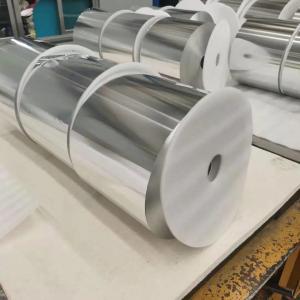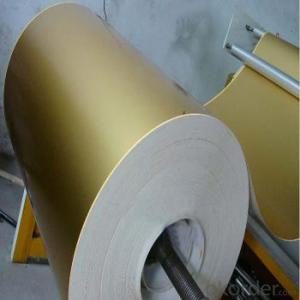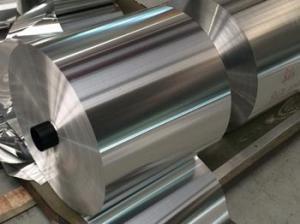9 X 13 Aluminum Foil Pans
9 X 13 Aluminum Foil Pans Related Searches
9 X 9 Aluminum Foil Pan Aluminum Foil Pans 21x13 8 X 8 Aluminum Foil Pans Foil Aluminum Pans Large Aluminum Foil Pans 8x8 Aluminum Foil Pans Bulk Aluminum Foil Pans Small Aluminum Foil Pans Aluminum Foil Pan Colored Aluminum Foil Pans Round Aluminum Foil Pans Aluminum Foil Round Pans Mini Aluminum Foil Pans Aluminum Foil Pans Sizes Square Aluminum Foil Pans Deep Aluminum Foil Pans Aluminum Foil Baking Pans Aluminum Foil Pans With Lids Aluminum Foil Pan Sizes Reynolds Aluminum Foil Pans Gold Aluminum Foil Pans Aluminum Foil Cupcake Pans Hefty Aluminum Foil Pans Walmart Aluminum Foil Pans Aluminum Foil Cake Pans Shallow Aluminum Foil Pans Ez Foil Aluminum Pans Weber Aluminum Foil Pans Aluminum Foil Pie Pans Aluminum Foil Roasting Pan9 X 13 Aluminum Foil Pans Supplier & Manufacturer from China
9 X 13 Aluminum Foil Pans are versatile kitchen essentials, designed to cater to various food preparation and serving needs. These pans are crafted from high-quality aluminum material, ensuring durability and resistance to wear and tear. Their size, measuring 9 inches by 13 inches, makes them suitable for a wide range of applications, from baking and roasting to holding appetizers and desserts at social gatherings.The 9 X 13 Aluminum Foil Pans are widely used in both commercial and residential settings, providing an efficient and convenient solution for food storage and presentation. They are particularly popular in catering businesses, restaurants, and large-scale events, where large quantities of food need to be prepared and served. These pans can be used for baking casseroles, roasting meats, and even for holding cold dishes, making them a valuable addition to any kitchen.
Okorder.com is a leading wholesale supplier of 9 X 13 Aluminum Foil Pans, offering a vast inventory to cater to the needs of various industries. With a commitment to quality and customer satisfaction, Okorder.com ensures that these pans are available at competitive prices and are shipped promptly to meet the demands of their clients.
Hot Products
